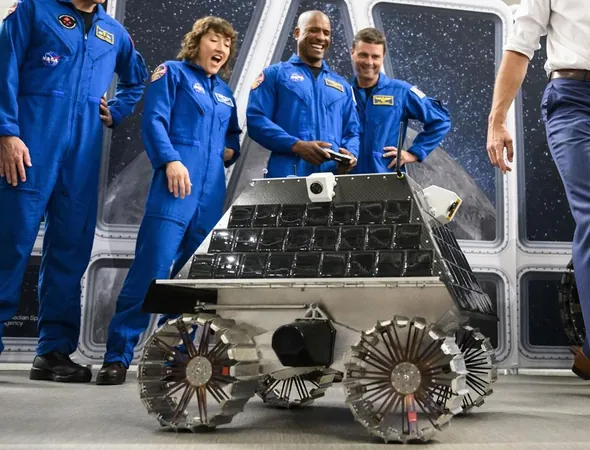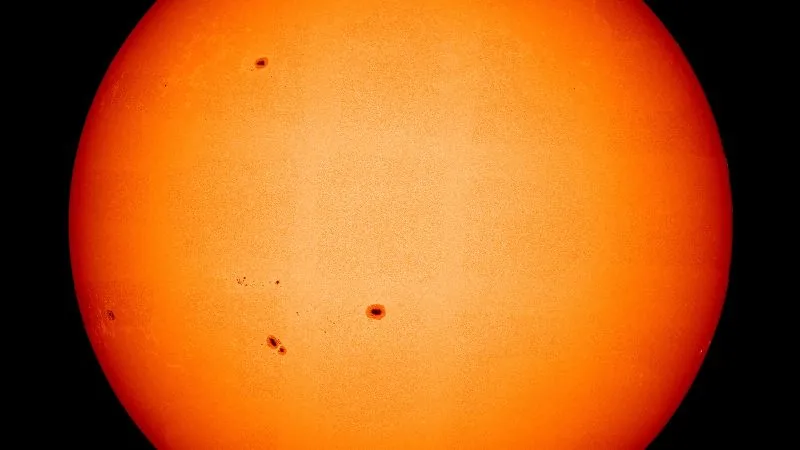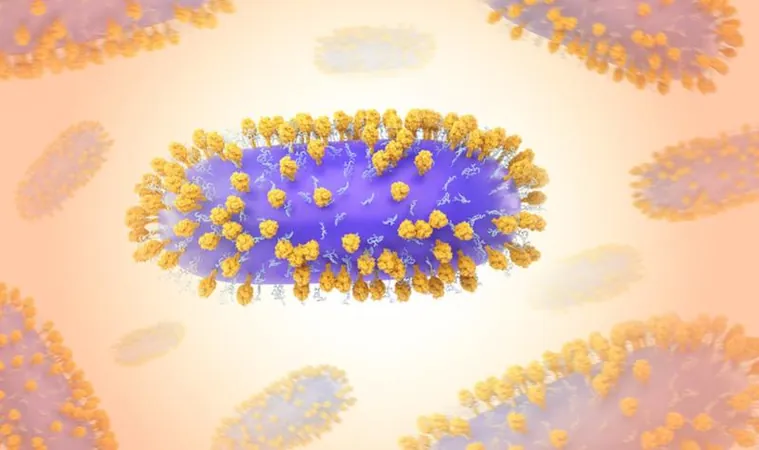
Astounding Discovery: Sun-Like Stars Orbiting Black Holes Might Not Be a Myth After All!
2024-11-21
Author: William
Groundbreaking Revelation in Stellar Evolution
In a groundbreaking revelation buried deep within the Gaia catalog, astronomers have unearthed two extraordinary black hole systems that are challenging everything we thought we knew about stellar evolution. Known as BH1 and BH2, these black holes, each nearly ten times the mass of our Sun, were found to be orbiting companion stars remarkably similar to the Sun itself— a phenomenon long deemed impossible by astrophysicists!
A Shocking Discovery
This eye-opening discovery was highlighted in a recent paper published on the arXiv preprint server, igniting excitement across the astronomical community.
The Historical Perspective
Historically, it was believed that sun-like stars could not withstand the harsh aftermath of a nearby companion transitioning into a black hole. During the death throes of a massive star, a chaotic explosion, known as a supernova, typically occurs, often ejecting smaller stars from the proximity or swallowing them entirely. Consequently, the existence of sun-like stars in orbit around black holes seemed like a distant improbability.
Proposed Mechanism
However, a team of researchers has proposed a fascinating mechanism that could explain these peculiar black hole-star pairs. Their study focused on the life cycles of extraordinarily massive stars, each at least 80 times the mass of our Sun. These titanic stars, at the end of their stellar lives, unleash powerful winds that strip away vast amounts of their material, thereby preventing them from swelling to a size capable of consuming their smaller companions.
Survival of Sun-Like Stars
As these massive stars undergo their supernova explosions, they ultimately leave behind a black hole, allowing a sun-like star with a sufficiently wide orbit to survive the tumultuous transition.
Assessing Frequency
The researchers took their investigation further, assessing the frequency of this rare cosmic scenario. To their surprise, they concluded that numerous cases likely exist where sun-like stars could continue to orbit black holes, provided the stellar winds from the larger star are strong enough to mitigate the violence of its death but gentle enough not to disrupt the smaller star.
Implications of the Discovery
Intriguingly, the team suggests that there may be hundreds of such systems scattered throughout the vast Gaia data set yet to be identified. This revelation not only defies previous assumptions but also underscores the unpredictable nature of the universe, constantly revealing its secrets and outsmarting our understanding.
Conclusion
As astronomers delve deeper into the cosmos, who knows what other astonishing discoveries await? Stay tuned, as the mysteries of the universe continue to unfold!









 Brasil (PT)
Brasil (PT)
 Canada (EN)
Canada (EN)
 Chile (ES)
Chile (ES)
 España (ES)
España (ES)
 France (FR)
France (FR)
 Hong Kong (EN)
Hong Kong (EN)
 Italia (IT)
Italia (IT)
 日本 (JA)
日本 (JA)
 Magyarország (HU)
Magyarország (HU)
 Norge (NO)
Norge (NO)
 Polska (PL)
Polska (PL)
 Schweiz (DE)
Schweiz (DE)
 Singapore (EN)
Singapore (EN)
 Sverige (SV)
Sverige (SV)
 Suomi (FI)
Suomi (FI)
 Türkiye (TR)
Türkiye (TR)